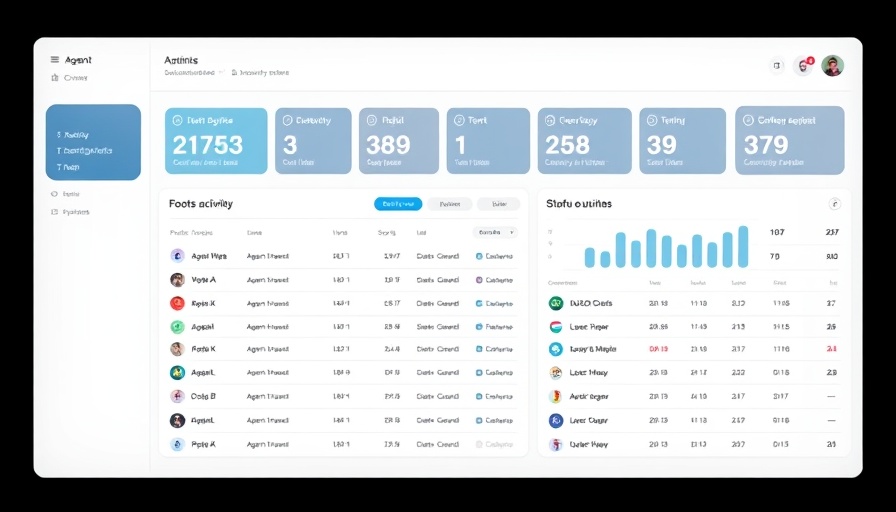
The Impact of US Sanctions on Business Tools
As small business owners, accessing essential digital tools can sometimes feel like navigating a minefield. Recently, Zapier announced that due to growing US sanctions, services will no longer be available in several sanctioned countries starting September 12, 2024. This means that for businesses operating in regions such as Russia, Belarus, Iran, North Korea, Syria, Cuba, and Crimea, the absence of Zapier could significantly affect their operations, from marketing to automation.
Why This Matters for Global Entrepreneurs
For entrepreneurs who thrive on using automation tools to streamline workflows, this change leads to difficult decisions. Knowing that pivotal tools might soon be out of reach, business owners in these regions may feel a shift in their operational capabilities. Many businesses depend on platforms like Zapier to enhance marketing strategies, manage leads, and boost overall productivity. Losing access to such services can delay growth and hinder innovation.
Solutions for Adapting to Change
For those affected, it's crucial to explore alternatives. Identifying local solutions that provide similar capabilities could be the first step in ensuring continuity. Many businesses might also consider hybrid strategies—combining both international and local tools to maintain an operational edge. Additionally, understanding the implications of these sanctions offers valuable insights into regulatory landscapes, allowing businesses to navigate their futures more effectively.
Staying Ahead in an Evolving Market
The landscape of digital services is shifting, and staying informed about regulatory changes can help businesses plan better. Small business owners must be proactive in understanding potential impacts on their operations, and considering tactical pivots might be necessary. Embracing alternatives not only secures operational capabilities but also encourages innovation.
As the digital economy continues to evolve, remaining flexible and open-minded will be your best assets in maintaining a competitive advantage.
 Add Row
Add Row  Add
Add 




Write A Comment